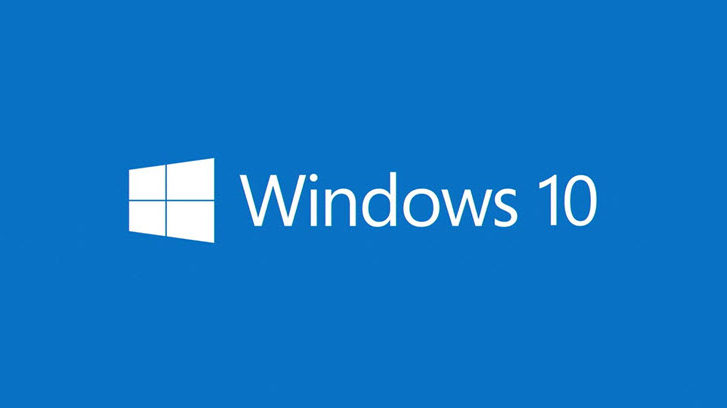Is windows 10 any good for small business?
Many organisations refused the PC-unfriendly Windows 8 release. But Windows 10 is far more business-focused
Kevin Curran, a senior member of the Institute of Electrical and Electronics Engineers (IEEE) and reader in computer science at Ulster University, says that as well as sporting a more user-friendly interface than Windows 8, Windows 10 Enterprise adds a host of features specifically aimed at encouraging business customers to upgrade. These include:
- Simpler secure sign-on via Azure Active Directory
Users can now log into cloud-based services such as Office 365 or the Windows Store by just using their Active Directory credentials. It makes the process more seamless and is more akin to what the other giants are doing with a single login across multiple services.
- Improved mobile device management (MDM)
MDM options which allow enterprises to manage bring-your-own-device (BYOD) hardware have been expanded to encompass corporate-owned devices. This will allow multiple users who share a single device to have full control over the Windows Store, VPN, device-wipe capabilities and configuration of enterprise data protection policies. Windows 10 now allows enrolling devices automatically into an MDM service for ongoing management. It also lets you separate personal and corporate data, which can be useful in heavy BYOD environments.
- Greater control over updates
The frequency and criticality of the patches can be adjusted. This is to be welcomed. This element of control can still reside alongside the existing Windows Server Update Server (WSUS) service which allows customers to determine and control which patches are installed, and how often.
- New runtime configuration tools
Enterprises can configure devices for business use without re-imaging. This eases tasks such as setting up wireless networks, VPNs, email profiles, enforcing security policies and installing apps, security updates and language packs.
- Windows Store
This will handle single and volume purchases for employees and allow businesses to restrict which applications an employee can see. It offers flexible distribution options and licence management. We will also see universal applications that can run on a tablet or desktop.
- Increased security
For example, there’s a two-factor authentication feature which treats the device as one factor and a user PIN or biometric signature (such as a fingerprint) as the other. WindowsBitlocker has also been upgraded to extend the protection beyond the originating device, giving an additional layer of protection which follows data as it moves between devices and cloud/network locations.

